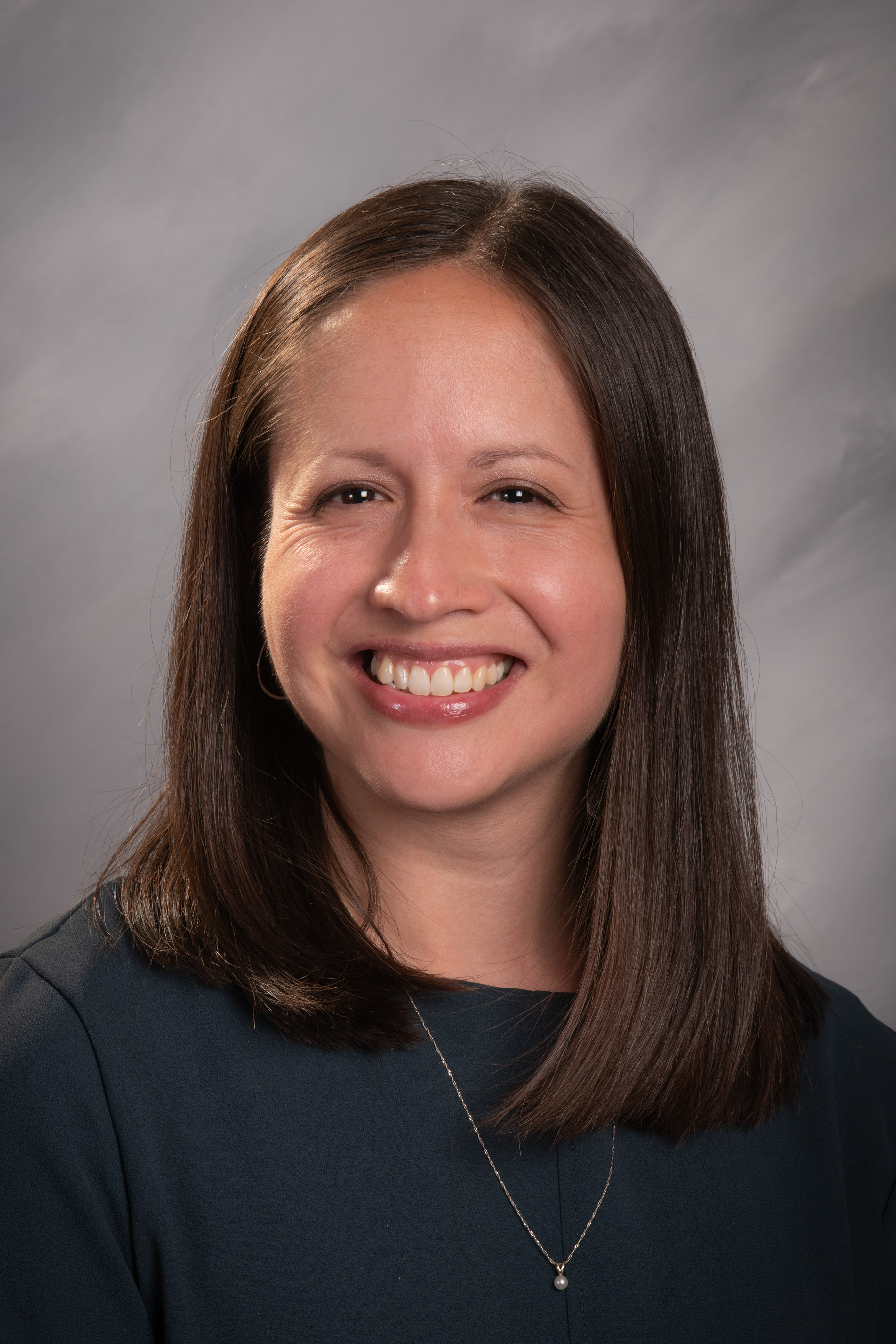
December was a productive month for the Five Opportunity Areas Learning Community, bringing together educators and staff to explore and advance student success at MSU.
On Tuesday, Dec. 3, 17 participants gathered for a hybrid session focused on sense of belonging. During this session, attendees discussed the definition, metrics, and commitments tied to fostering a sense of belonging at MSU. The group shared valuable recommendations and suggestions for refining the commitments and definition outlined in the Spartan Undergraduate Experience Strategy Guide.
Later in the month, on Dec. 18, 33 participants joined the Exploration of All Five Areas Hybrid Workshop. The session began with welcome remarks from Mark Largent, vice provost and dean of Undergraduate Studies, followed by a panel discussion regarding perspectives on the five areas of student success.
The panel featured:
- Sarah Ward, director of First-Generation Leadership and Innovation (FLI) Vanderploeg Scholars Program
- David McCarthy, director of the Arts Living-Learning Community
- Melanie Cooper, professor of Chemistry and Lappan-Phillips Professor of Science Education
Panelists shared insights and experiences related to specific areas of student success, highlighted common barriers and challenges, and offered actionable steps or resources.
Participants then broke into small group discussions, led by volunteer table leaders, to explore each of the five areas of student success. These discussions provided opportunities to share perspectives, refine metrics, and brainstorm actionable ideas as outlined in the Spartan Undergraduate Experience Strategy Guide. Special thanks to Ellie Louson for creating and helping to facilitate an engaging interactive activity on Mural. Participants explored how each area connects to their work, provided feedback on current metrics, identified challenges, proposed new metrics or resources, and outlined actionable next steps.
The session concluded with reflections on key takeaways, action plans, and a review of future engagement opportunities within the learning community.
I appreciated the opportunity to engage in community, share this important work, and hear diverse perspectives from colleagues across campus. Seeing how the Five Opportunity Areas show up in others' work was inspiring and reaffirmed the value of this work. It was a wonderful way to close out the semester, and I’m excited for the learning community events planned for the months ahead.
For more information, visit the Five Opportunity Areas Learning Community website.